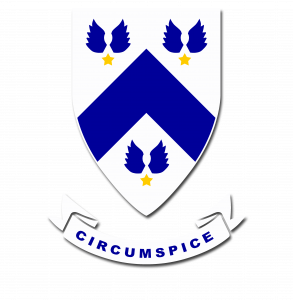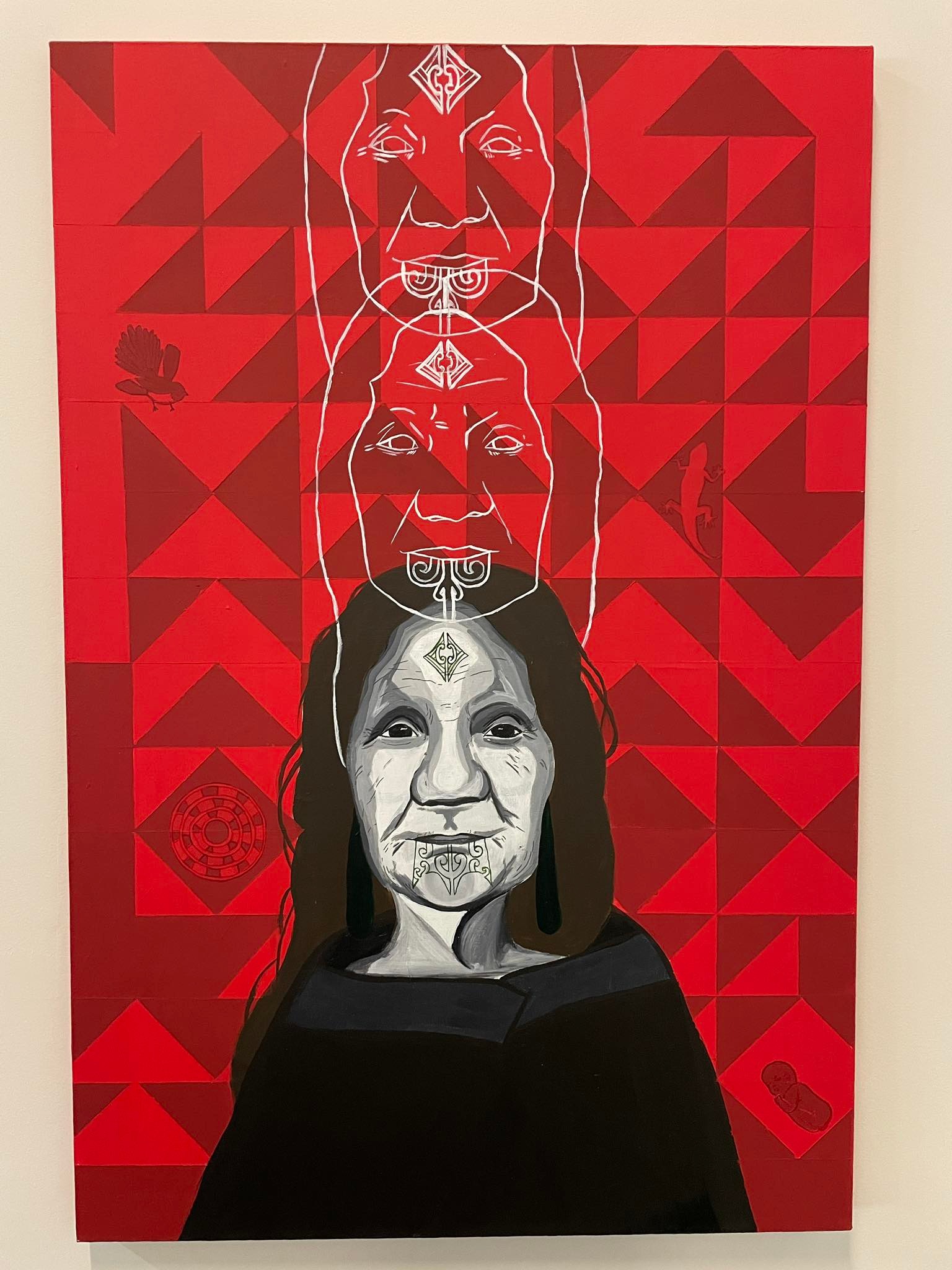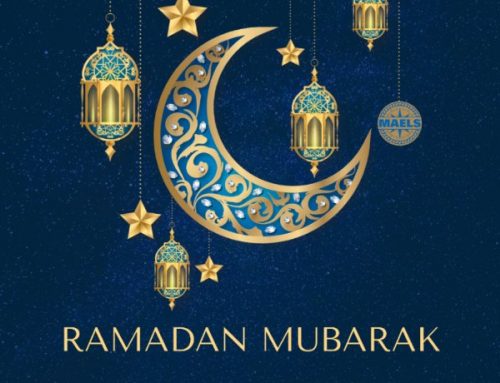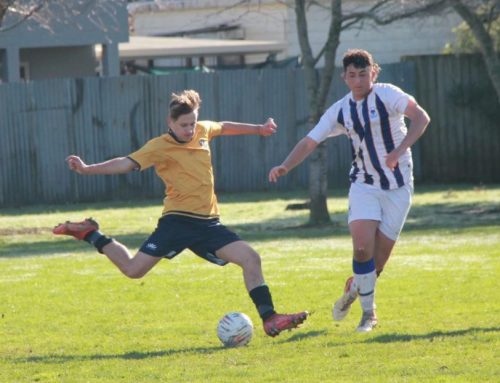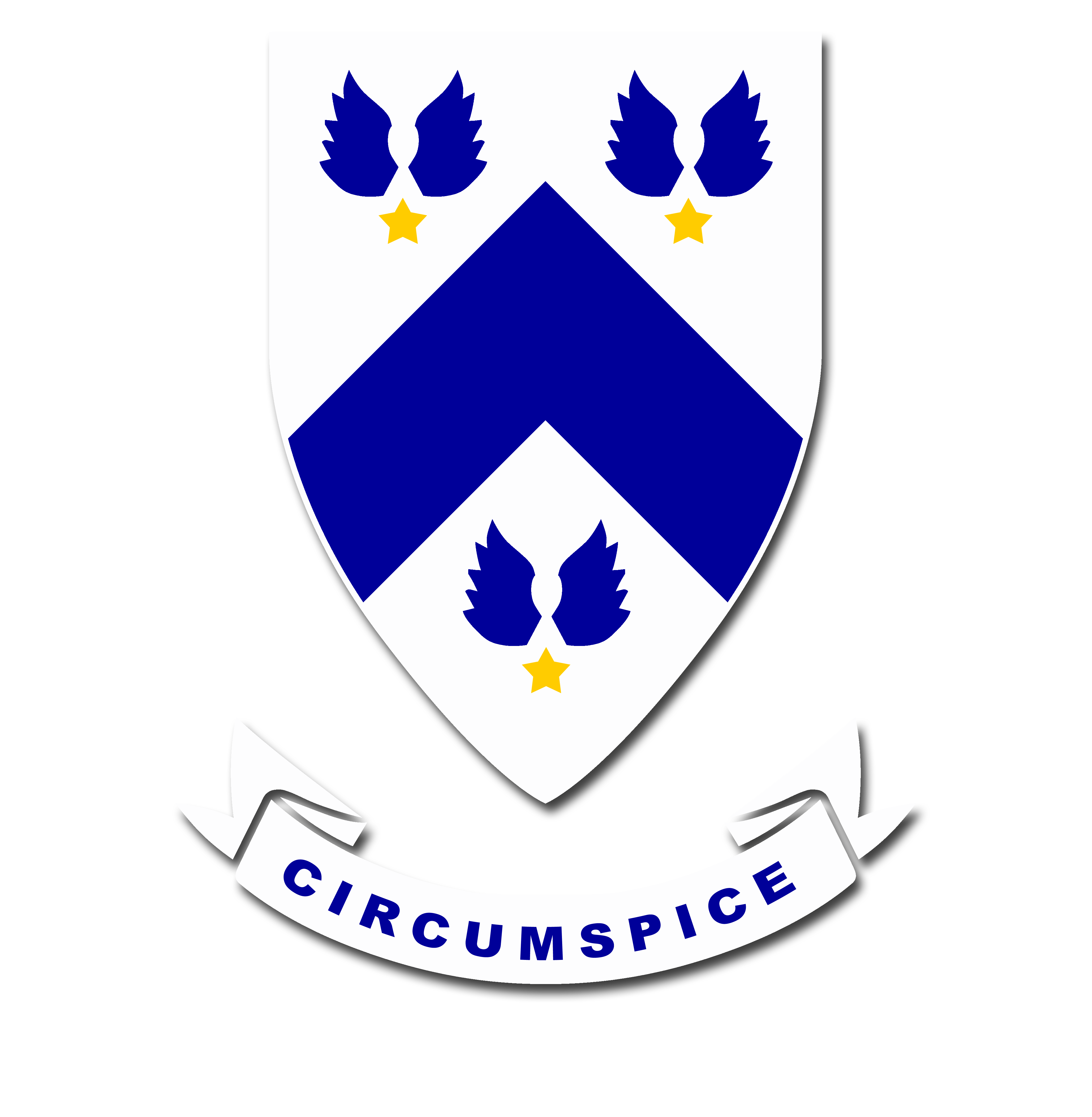This newsletter we are highlighting some of our amazing artists. Check out all about Maia’s piece of art here:
What the painting is based on:
My painting is based on the story of Hine-Tītama and her transformation into Hine-Nui-te-Pō. Hine-Tītama is the personification of dawn, she is the first true human. Tāne Mahuta, God of forest and bird, fashioned the first woman from clay and breathed life through her nostrils. Her name was Hine-Ahuone, and Hine-Tītama is the daughter of Tāne and Hine-Ahuone.
Hine-Tītama later unknowingly married Tāne-Mahuta and bore his children. On a quest to discover who her father was, she uncovered that her husband and the father to her children was also her own father. Overwhelmed by Tāne deceit, she left the world of light and descended to the underworld known as Rarohenga. Here she became Hine-nui-te-Pō, the goddess of death or ‘great woman of the night’. She awaits in Rarohenga to greet the souls of her children, and all those that pass through.
Describe how painting tells a story:
The composition of my painting is intended to tell the story of Hine-Tītama and her transformation to Hine-Nui-te-Pō through the use of colour, composition, cultural influences, and spacing.
Composition:
The bottom half of the canvas shows a coloured image depicting Hine-Tītama. The two heads above the coloured lady are of the same face and are outlined in white, which is meant to show Hine-Tītama transformation into Hine-Nui-te-Pō.
Symbols:
Baby and spiral: These two symbols in the background relate to Hine-Tītama. Hine-Tītama is the first true human, and the children she bore with Tāne are the creation of the human race. The spiral was influenced by Robyn Kahukiwa’s work which often includes such spirals. The spiral is a traditional symbol in Māori carving and represents the ten overworlds (Hine-Tītama is dawn).
Lizard and Piwaiwaka (fantail): These two animals relate to Hine-Nui-te-Pō. In Māori mythology, there is a legend that talks about Maui and his wish for immortality. To accomplish this, he ventures into the underworld disguised as a lizard in an attempt to kill Hine-Nui-te-Pō. However, during his mission, Hine-Nui-te-Pō was awoken by the laughing of a Piwaiwaka at Maui. Thus, Maui was crushed by the Goddess of the night, and the human race remained mortal.
Colours:
The main colours used in the painting are black, white, and red. These colours hold traditional importance in Māori culture and are the primary colours used in traditional art. These colours are used because Māori natural pigments reflect the colours of the earth and the connection between tangata and whenua. As seen in Te Tino Rangatiratang flag and contemporary art, the three colours together can symbolise the connection between people, nature, and the world of spirits.
A common saying in Te Reo Māori is also “Ma pango, ma whero, ka oti te mahi,” which mentions both black and red but translates to, “by black and red together it is done,” referring to teamwork in Te Ao Māori. This is why I wanted to incorporate traditional Māori colours into my painting.
Cultural influences:
The background of my painting is inspired by tukutuku. Tukutuku panelling is a traditional latticework and a distinct art form of Māori culture. They are often used to decorate meeting houses.
Art annotation:
- How artist influenced your artwork:
My three artist models are Robyn Kahukiwa, Paratene Matchitt, and Sofia Minson. Robyn Kahukiwa was my main artist model and her painting compositions mostly consist of portraits that fill a large space on the canvas, with the portrait often being the focal point and centre of the painting. This is what I wanted to incorporate into my work. Her compositions are generally very central and are three-quarter traditional portraits, which is what I wanted to use.
- Materials used:
The paint medium used in my painting is acrylic.

